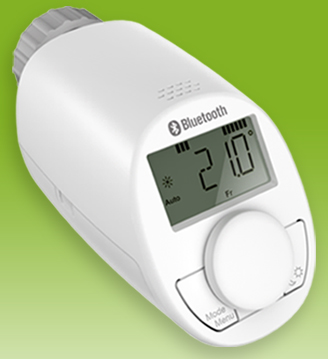by ericmark »
Sun Nov 29, 2020 10:32 am
I did not even think about central heating when it worked, only when it didn't work did I start to look at it, and my late mother had a problem, house thrown together 1954 with 4 fires, it was a cold house, so fires replaced with gas versions, and central heating fitted, when dad died it was on second central heating system, and that had clearly been thrown in without much thought on how it would work. The first system was designed for back ground heat only, gas fires used in occupied rooms.
In her case the problem was bay windows catching sun, but this caused me to look at how it can be improved.
What I realised would improve the system was electronic TRV heads, I still have them, as when we sold the house simply unscrewed and refitted originals back on. I spent a lot of money on mothers, but now realise it was not needed, the £10 versions would do the job.
Once the radiator is hot the central heating boiler can't do a thing, so step one is work out if the radiators are big enough, with a modern system around 70°C into radiator and 55°C out, if already that hot only way to get more is a fan, plus then an adjustment on the lock shield valve.
If however the radiators are not at working temperature, then the reheating can be arranged in sequence, this is how it is done in this house, first in the morning, I don't like it hot over night, so the bedroom radiators switch on, then the kitchen, then dinning room, then living room, not much time between them, only 5 minutes maybe but it insures room hot when required. Coming home from work, kitchen, dinning room, living room, then bedroom, if not using room, I only set for background heat.
So I have two temperatures set, varies room to room but we will call then eco normally around 17°C and comfort normally around 21°C and either use a program or push a button to change, I used eQ-3 heads [attachment=0]61dmtMm13BL.jpg[/attachment] I use bluetooth version at £15 each, non bluetooth £10 each, and if you keep the old heads, easy enough to swap back when you leave. No wiring, easy to fit, and they self report faults. So stuck valve you get a fault code, so you know when there is something wrong.
The radiator fans seem expensive, a radiator booster fan costs around £35 and I am considering buying one, cheaper and easier than a new radiator, and again can be removed and taken with you to next property.
What you need to decide is can the landlord fix it, and do you need to fix it?
With the exception of daughters old flat in Frankwell Shrewsbury where the listing resulted in single glazed windows, the owner was not permitted to change them, most homes today has double glazed windows, cavity wall insulation, and loft insulation, seem to remember unless a listed building there are laws for rented property giving minimum insulation? And one can heat a house using just 10 kW, OK not all rooms together in a house this size, but our large living room we have an oil filled radiator as stand-by, in case boiler fails, and 2 kW can maintain the room temperature, as long as chimney is blocked off, and doors closed.
What has happened over the years is old boilers replaced with new, and old boiler could circulate water at 80°C and get whole radiator hot, where new boiler typical 70°C in and 55°C out so it can not put the same amount of heat into the room, but double glazing, cavity wall insulation and loft insulation means not so much heat needed, so the lower output is still normally enough to maintain the temperature, it is things like geofencing where heating linked to phone so only start to heat as you approach the home where you need larger radiators to heat rooms fast.
-
Attachments
-

- eQ-3 TRV head
- 61dmtMm13BL.jpg (65.19 KiB) Viewed 1851 times



